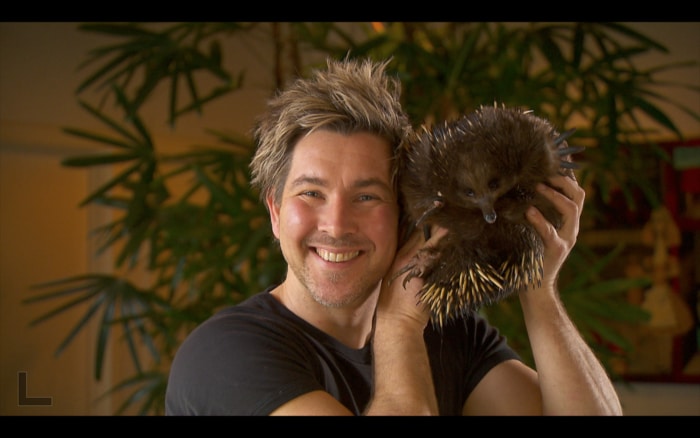Learn all about Manningham’s unique local wildlife and environment with TV Zoologist Chris Humfrey from Wild Action, ‘The Zoo That Comes to You’.
Chris has presented a series of 30 short videos across two series that will introduce you to a range of native animals which call Manningham home. The first series introduces the backyard diversity of our resident fauna, the second series addresses the impact of litter on the homes and habitats of the local wildlife.







